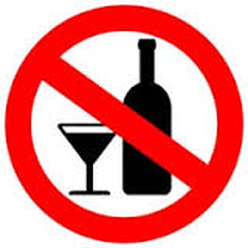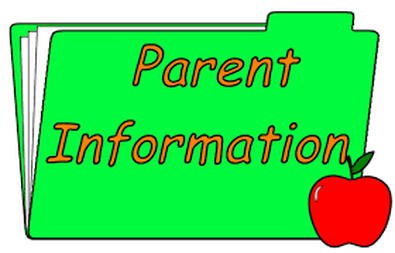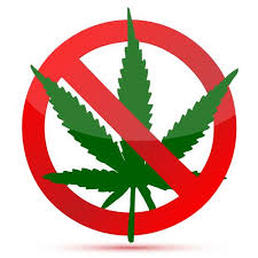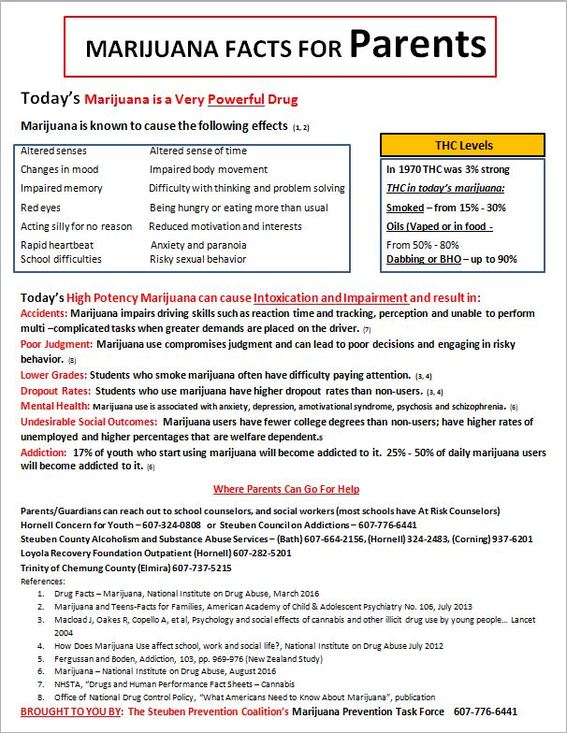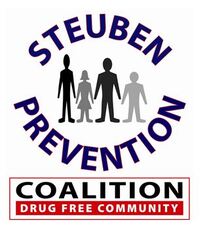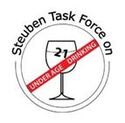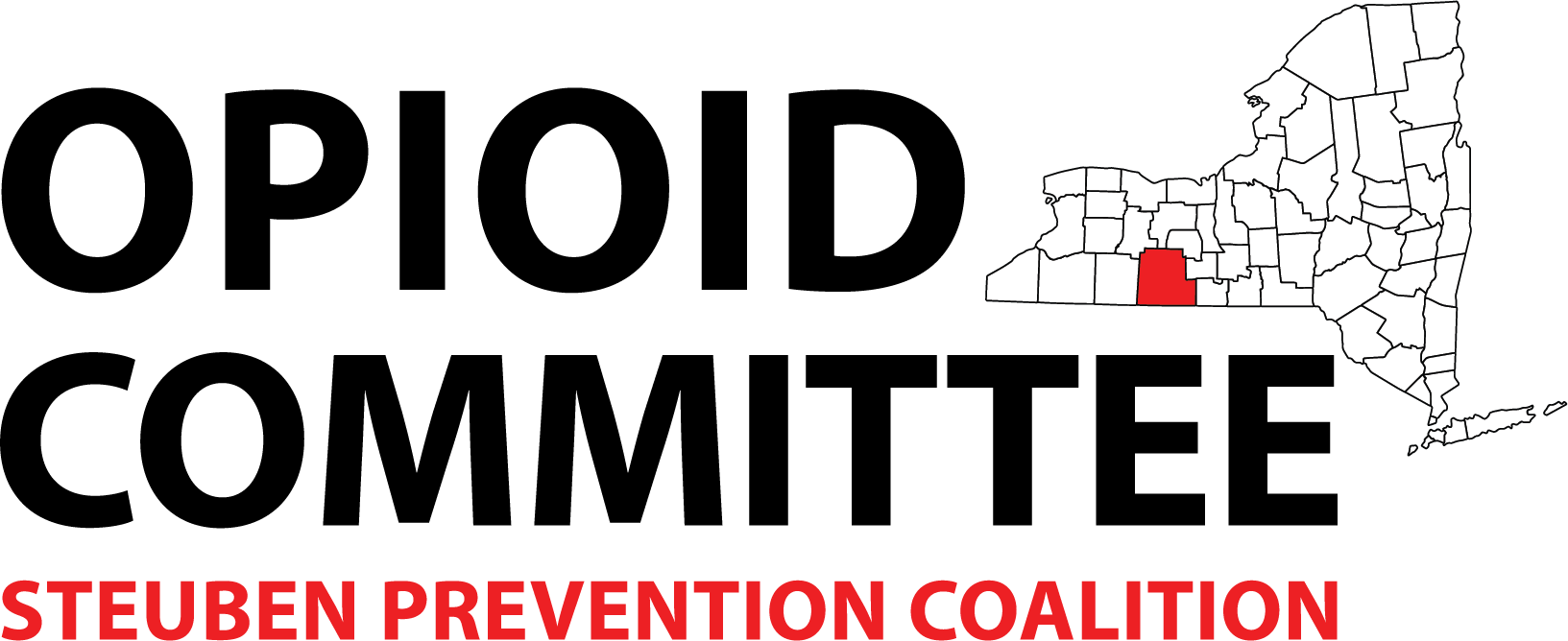Tips for the tool box
Below you will find our Tips for the Tool Box Series with an introduction to the Coalition, an introduction to our Prevention Providers, a tool kit for Prom and Graduation time, information on the Social Host Law, a tool kit for Underage Drinking and a tool kit for Marijuana prevention.
|
| ||||
|
| ||||
|
| ||||||
marijuana facts for parents
underage drinking facts for parents
Negative Consequences of Underage DrinkingAdolescence can be a wonderful time filled with physical and emotional growth. For some youth, however, adolescence takes a dark turn, especially when underage alcohol use is involved.
Underage alcohol use increases the risk of academic failure, illicit drug use, and tobacco use. It can cause a range of physical consequences, from hangovers to death from alcohol poisoning, suicide, homicide, and traffic crashes.1 Annually, about 4,300 people under age 21 die from injuries involving underage drinking.2
In 2013, adults who had their first drink at age 14 or younger were more likely to be classified with alcohol dependence or abuse than adults who had their first drink at age 21 or older (14.8 vs. 2.3 percent).3
Sources1 National Institute on Alcohol Abuse and Alcoholism. (n.d.). Underage drinking: A growing health care concern.
2 Centers for Disease Control and Prevention. Alcohol-Related Disease Impact (ARDI). Atlanta, GA: Author.
3 Substance Abuse and Mental Health Services Administration. (2013). Results from the 2013 National Survey on Drug Use and Health: Summary of National Findings, NSDUH Series H-48, HHS Publication No. (SMA) 14-4863.
Families, Educators, and Community Leaders
Most young people ages 12 to 17 do not drink. However, in 2014, about 2.9 million young people, or about 1 in 9 adolescents, reported alcohol use during the past month.1
Talk with young people early and often about the dangers of underage drinking. With your help, we can make sure that young people understand that they do not need to drink to fit in, have fun, or deal with the pressures of growing up. Use the resources on this site to help young people be too smart to start.
1 Center for Behavioral Health Statistics and Quality. (2015). Behavioral health trends in the United States: Results from the 2014 National Survey on Drug Use and Health (HHS Publication No. SMA 15-4927, NSDUH Series H-50).
Underage alcohol use increases the risk of academic failure, illicit drug use, and tobacco use. It can cause a range of physical consequences, from hangovers to death from alcohol poisoning, suicide, homicide, and traffic crashes.1 Annually, about 4,300 people under age 21 die from injuries involving underage drinking.2
In 2013, adults who had their first drink at age 14 or younger were more likely to be classified with alcohol dependence or abuse than adults who had their first drink at age 21 or older (14.8 vs. 2.3 percent).3
Sources1 National Institute on Alcohol Abuse and Alcoholism. (n.d.). Underage drinking: A growing health care concern.
2 Centers for Disease Control and Prevention. Alcohol-Related Disease Impact (ARDI). Atlanta, GA: Author.
3 Substance Abuse and Mental Health Services Administration. (2013). Results from the 2013 National Survey on Drug Use and Health: Summary of National Findings, NSDUH Series H-48, HHS Publication No. (SMA) 14-4863.
Families, Educators, and Community Leaders
Most young people ages 12 to 17 do not drink. However, in 2014, about 2.9 million young people, or about 1 in 9 adolescents, reported alcohol use during the past month.1
Talk with young people early and often about the dangers of underage drinking. With your help, we can make sure that young people understand that they do not need to drink to fit in, have fun, or deal with the pressures of growing up. Use the resources on this site to help young people be too smart to start.
1 Center for Behavioral Health Statistics and Quality. (2015). Behavioral health trends in the United States: Results from the 2014 National Survey on Drug Use and Health (HHS Publication No. SMA 15-4927, NSDUH Series H-50).
Resources from Tall Cop Says Stop
|
| ||||
|
| ||||
LINKS FROM COMMUNITY RESOURCES PAGE
Substance Abuse and Mental Health Services Administration (SAMHSA)
www.learnaboutsam.org
www.samhsa.gov
www.toosmarttostart.samhsa.gov
National Institute on Drug Abuse (NIDA)
www.drugabuse.gov
www.nih.gov
Office of Alcoholism and Substance Abuse (OASAS)
www.oasas.ny.gov
Community Anti-Drug Coalitions of America (CADCA)
www.cadca.org
National Institute on Alcohol Abuse and Alcoholism (NIAA)
www.niaaa.gov
National Institute of Mental Health (NIMH)
www.nimh.nih.org
Drug Enforcement Administration (DEA)
www.dea.gov
Drug Free World
www.drugfreeworld.org
Operation Parent
www.operationparent.org
www.learnaboutsam.org
www.samhsa.gov
www.toosmarttostart.samhsa.gov
National Institute on Drug Abuse (NIDA)
www.drugabuse.gov
www.nih.gov
Office of Alcoholism and Substance Abuse (OASAS)
www.oasas.ny.gov
Community Anti-Drug Coalitions of America (CADCA)
www.cadca.org
National Institute on Alcohol Abuse and Alcoholism (NIAA)
www.niaaa.gov
National Institute of Mental Health (NIMH)
www.nimh.nih.org
Drug Enforcement Administration (DEA)
www.dea.gov
Drug Free World
www.drugfreeworld.org
Operation Parent
www.operationparent.org
